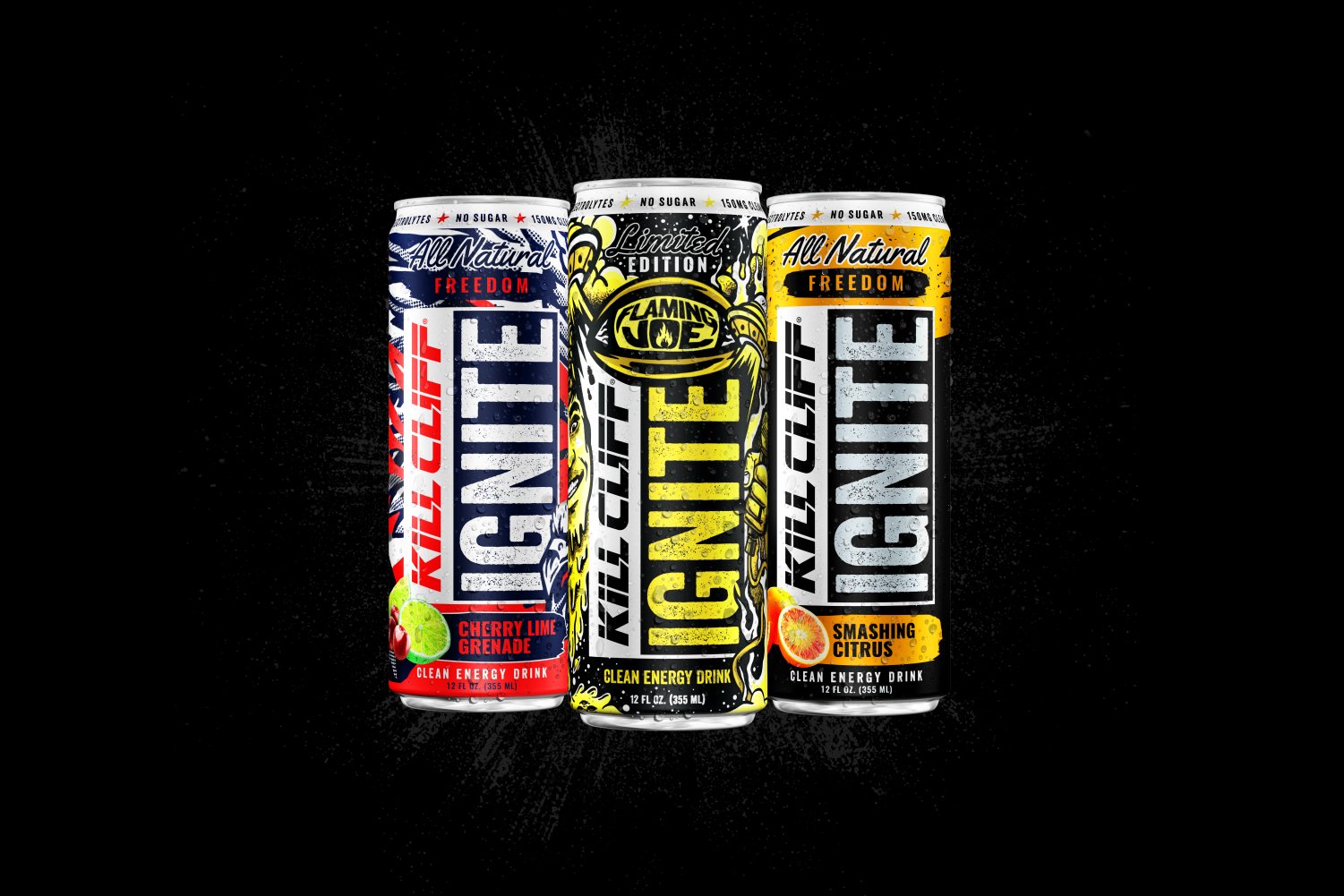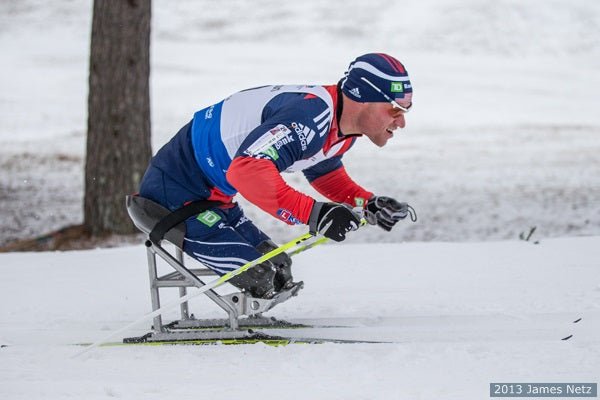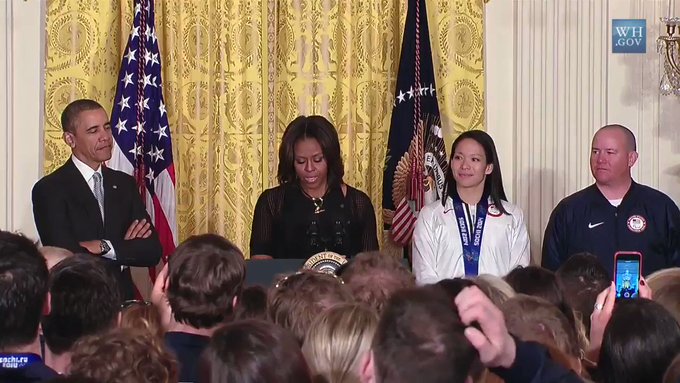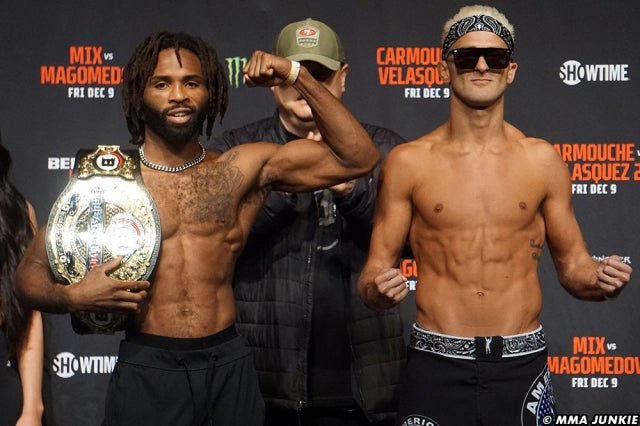
Former Navy SEAL Dan Cnossen lost both of his legs while serving our country, but that didn't deter him from getting back into shape. Not only did he just get in shape, but he also became a Paralympic biathlete and cross-country skier. Cnossen earned a gold medal at the 2018 Winter Paralympics in the Men's 7.5 kilometers in the sitting division.
Not only is Cnossen an elite athlete, but he is also currently a graduate student at Harvard University, working towards a Master of Public Administration at the John F. Kennedy School of Government as well as a Master of Theological Studies at the Divinity School.
Continue scrolling to read our interview with Dan. We discussed his time as a SEAL, his accident, and his time at the Paralympics.
KC: As a child, did you ever envision yourself joining the military? If so, were the SEALs always your goal?
DC: I always had a feeling I would go into the military, but I thought it would be the Marines. My dad was a Marine in Vietnam. He served three tours there from 1965 to 1968. I was fortunate enough to be accepted into the Naval Academy and had aspirations to join the Marines afterward as an infantry officer. I made some key friends during my first year there and had some influential upperclassman that helped change my mind.
KC: How did you get into the SEALs?
DC: There were about 1200 people that started with me at the Naval Academy. I remember at the beginning of my time there that almost half of us wanted to be SEALs. With the number of different hoops you have to jump through in order to qualify to be a SEAL, there ended up being about 45 of us competing for 16 spots. I didn’t know if I could get in, but I figured I would get into the water every day and sweat. I actually had a basic fear of water before my time at the SEALs. Not just the ocean, even swimming pools, too. I did a lot of swimming to get prepared for that aspect. SEALs need to have respect for the water and that was something I came to learn.
KC: What are some things you miss about being in the SEALs?
DC: What I miss the most is the people. It wasn’t about how cool of a job it was, but what I miss the most is being around the platoon. I wasn’t always in a SEAL platoon. When I wasn’t, I always wanted to be in one. When I was in one, I always tried to cherish it. It’s such a close-knit unit. You learn to rely on one another. That’s what I miss the most.
KC: What do you remember about the day of your accident?
DC: I earned my trident in September of 2003 and was injured in September in 2009. I had done a few deployments and was a platoon leader. We were about to be deployed in Afghanistan in an active deployment. It’s typical for leadership to get there early to check out the platoon they’re relieving to see how they’re executing operations and get a lay of the land. I went out on an operation with that platoon as a shadow. During the course of a large, complex operation, I stepped on an IED.
I remember a flash and being on the ground. I was likely launched in the air because I had damage to both of my hands. I was in a lot of shock. My night-vision wasn’t working, and my push-to-talk wasn’t where it was supposed to be. Thankfully, no one else was injured. My team responded heroically and came to my aid. Knowing there were other IEDs in the area, they acted extremely brave in order to save my life.
I was being dragged out by other SEALs and had tourniquets wrapped around my legs. I made it to the helicopter and passed out. The next thing I knew I was in an ICU with my mom standing right beside me. It was eight days of a black hole. I was transferred to multiple hospitals and it wasn’t clear that I was going to make it, but I was able to pull through.

KC: What was that recovery like? What was your mindset following your amputation?
DC: It was tough. In the later days of being unconscious, I think it seeped into me while overhearing doctors talking over me that I didn’t have legs anymore. There’s no easy way to swallow that.
I didn’t even bother asking where my amputation was, whether it was below or above the knees, which is actually a pretty important question. It ended up being just above the knees, so I still had good length. I knew I would do my therapy, get prosthetics, and get better. I just wanted to eat and drink at that point since I was being tube-fed and decompressed. I was doing multiple-hour surgeries three times a week. It was rough.
SEAL training taught me to take everything down to the basics. Just getting to the next surgeries and not trying to think about things too far into the future. I thought about trying to get back into the SEALs but once I got my prosthetics I realized that it wasn’t really an option. That’s when I found out about the Paralympics.
KC: How did you get back into athletics, specifically the Paralympics?
DC: I always loved trail running and hiking before my accident. It was really tough to lose both legs because of my love of keeping my legs active. Once I got out of the hospital bed, I got into physical training and it was a challenge to do it every day, but I was motivated to get back out there. My goals did change over time, but I always wanted to get back to running. I went to a Paralympic training in San Diego and was intrigued by biathlons because it mixed in a little bit of my service life and getting to be in the mountains. I went to a preliminary camp with a colostomy bag still attached. I was finally exposed to the sport and was hooked. It was a conceivable way for me to get into the woods and be active. It was challenging and humbling because it was so new to me. I then got extremely consistent in my training.

KC: How have your Paralympic experiences been thus far?
DC: I went to Sochi in 2014 and didn’t have “success” but my success was getting there just five years after my injury. I put a lot of pressure on myself and gave it my all. I came away empty-handed, but I have since redefined my definition of success. It’s not really about medals, it’s about the hard work I put in. I did recently go to the Paralympics in PyeongChang and had my best performance yet. It was awesome to see my years of training come together and perform well. I felt light and strong. It doesn’t matter what other people were doing, I was focusing on what I can do.
KC: You’ve had a few meetings with the Obamas. How excited were you to meet with them and what were those meetings like?
DC: Being at the Walter Reed Hospital, there were so many athletes, politicians, and celebrities coming through all of the time. I was invited to the Commander In Chief Dinner in January of 2010, just a few months after my injury. Only high-ranking officers get to go to this dinner, so for me to get to go was a huge honor. I got to bring my sister and we sat right next to Michelle Obama. She was incredibly genuine. We didn’t talk about politics or anything pressing – just life and down-to-earth stuff. She invited us both back to the White House after that to talk to other people there. I later came back to the White House with Team USA. Michelle remembered me from the dinner, which was incredibly touching.
KC: What does Kill the Quit mean to you?
DC: The idea of quitting no longer exists. Ultimately, you don’t even want the seed of quitting to exist. TO get to that point I think it’s a combination of preparation training and the proper mindset.











